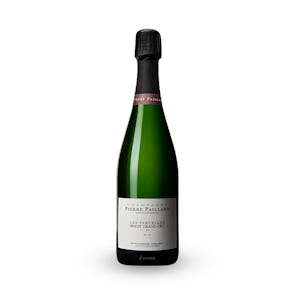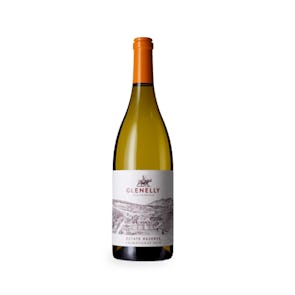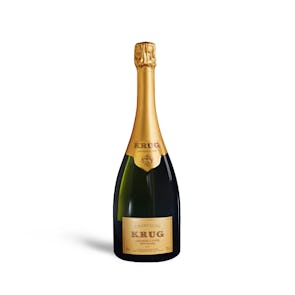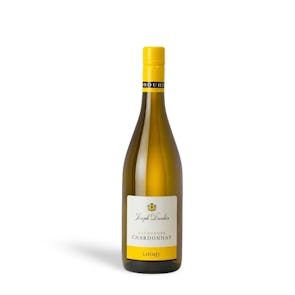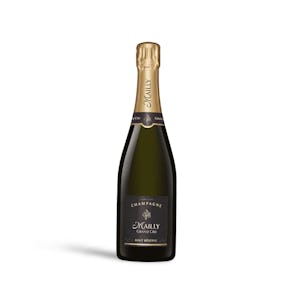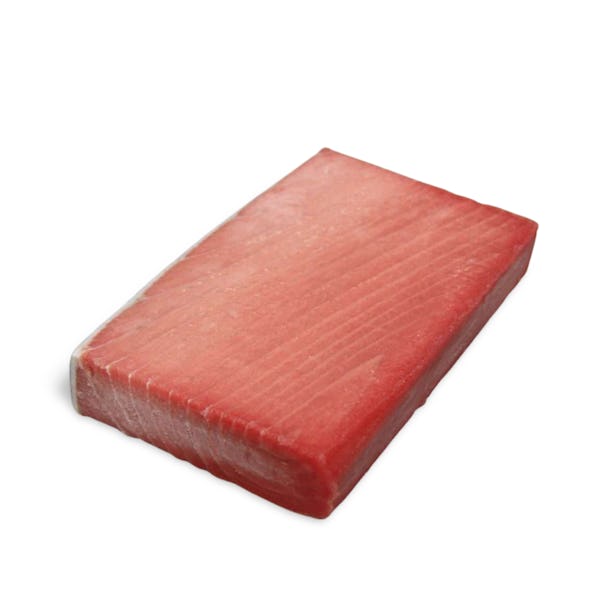
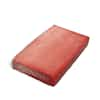

Hon-Maguro Chutoro Saku from Croatia (Bluefin Medium Fatty Tuna Block)
An elegant piece of tuna
TASTING NOTES FROM THE CURATOR
The “chu” in chutoro means “medium,” and this is used to describe its fat content. It’s still a fatty piece of tuna, but at a perfect balance between the softer, fattier otoro, and the leaner akami. The Hon-Maguro Chutoro is an elegant piece of fish, found on the back and stomach area of the bluefin tuna. Its flavor is incredible, full of umami, and a soft, creamy quality. This chutoro was sourced from Croatia, and processed by professionals in Osaka, Japan.
Saku refers to the form this pieceof Chutoro takes, which is a block. So this is a block of Hon-Maguro Chutoro. It’s the form that is preferred by Japanese chefs, as its uniformity makes it perfect for sashimi.
PREPARATION AND PAIRINGS
Perfect for sushi, sashimi, and nigiri, you can also enjoy the Hon-Maguro Chutoro Saku as steak or as tataki, or even in poke bowls and salads. You can pair the chutoro with sake, or a light white wine, like a Pinot Grigio or a Chardonnay.
FROM TRASH TO TREASURE
Around 300 years ago, during Japan’s Edo period, sushi was quickly becoming the choice of fast food amongst the Japanese people. Even then, toro would be tossed away as trash or useless. This was because, at the time, tuna was caught in present-day Nagasaki and Miyagi, which were far from Edo. Once it got to Edo (present-day Tokyo), the tuna would have lost much of its freshness, especially the fatty parts, and was therefore undesirable. In fact, the only useful part of the tuna then was the akami, which was lean.
But with time, refrigeration, transportation, and preservation technologies progressed, and tuna became a proper industry. This was in the 1960s, a time when the Japanese people’s diet changed drastically, consuming more food with high-fat content. This catapulted toro into the worldwide stardom it enjoys now.
Storage Instructions
Arrives frozen. Keep in the freezer; it will stay at its best for three weeks. Once thawed, it must be consumed within 48 hours.


